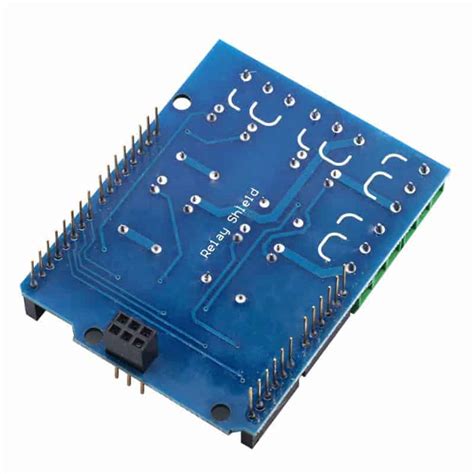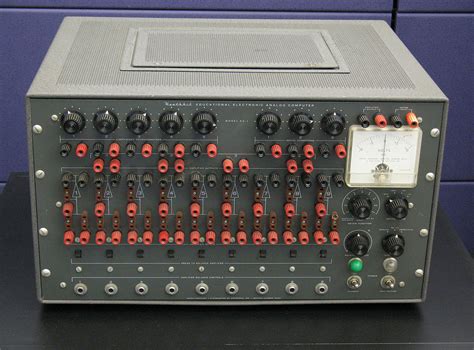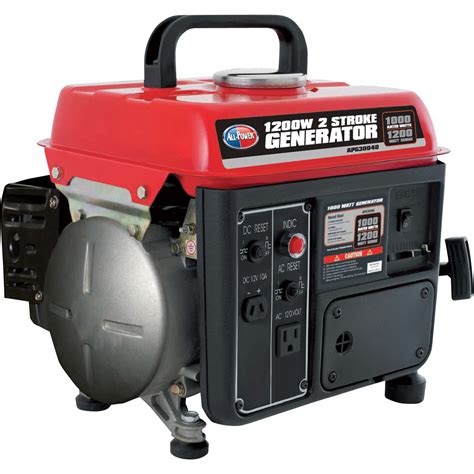
ALL ABOUT FLEX PCB
-
 Read more: Arduino Relay Shield – All-inclusive Guide on Its Usage
Read more: Arduino Relay Shield – All-inclusive Guide on Its UsageIntroduction to Arduino Relay Shield An Arduino Relay Shield is a powerful tool that allows you to control high-voltage devices using your Arduino board. It acts as an interface between the low-voltage digital world of the Arduino and the high-voltage realm of electrical appliances, motors, and other devices. This comprehensive […]
-
What is SCR: Everything You Need to Know
Posted by
–
 Read more: What is SCR: Everything You Need to Know
Read more: What is SCR: Everything You Need to KnowSCR-Overview Selective Catalytic Reduction (SCR) is a technology used to reduce nitrogen oxide (NOx) emissions from diesel engines. It has become an essential component in meeting increasingly stringent emission regulations worldwide. In this comprehensive article, we will delve into the details of SCR technology, its working principle, advantages, applications, and […]
-
 Read more: Rectifier Circuit: The General Basics, Working, and Requirements Explained
Read more: Rectifier Circuit: The General Basics, Working, and Requirements ExplainedIntroduction to Rectifier Circuits A rectifier circuit is an essential component in electronic systems that converts alternating current (AC) to direct current (DC). This process is crucial for powering various electronic devices, such as smartphones, computers, and televisions, which require a steady supply of DC voltage to operate effectively. In […]
-
How Much Do You Know About Analog Electronics?
Posted by
–
 Read more: How Much Do You Know About Analog Electronics?
Read more: How Much Do You Know About Analog Electronics?What is Analog Electronics? Analog electronics is a branch of electronics that deals with the processing of continuous signals. These signals can take on any value within a specified range, unlike digital signals, which are limited to a finite set of discrete values. Analog circuits are designed to manipulate these […]
-
 Read more: How to Bake PCBs and Components – 2024 Comprehensive Guide
Read more: How to Bake PCBs and Components – 2024 Comprehensive GuideIntroduction to Equipment Required for PCB Baking To properly bake PCBs and components, you will need the following equipment: Baking oven: A temperature-controlled oven specifically designed for PCB baking. These ovens typically have features such as adjustable shelves, air circulation, and nitrogen purging capabilities. Temperature monitoring system: A system to […]
-
 Read more: What are Rigid and Flex Polyimide PCBs and Laminate Materials
Read more: What are Rigid and Flex Polyimide PCBs and Laminate MaterialsIntroduction to Polyimide PCBs Polyimide PCBs are a type of printed circuit board that utilizes polyimide as the base material. Polyimide is a high-performance polymer known for its excellent thermal stability, chemical resistance, and mechanical strength. These properties make polyimide PCBs ideal for applications that require reliable performance in harsh […]
-
What is Gerber File and How to Create a Gerber
Posted by
–
 Read more: What is Gerber File and How to Create a Gerber
Read more: What is Gerber File and How to Create a GerberIntroduction to Gerber File Format A Gerber file is a standard file format used in the printed circuit board (PCB) industry to describe the printed circuit board images: copper layers, solder mask, legend, drill holes, etc. It is a 2D binary vector image format plot file used by PCB fabrication […]
-
Forecast of Military Electronics Market
Posted by
–
 Read more: Forecast of Military Electronics Market
Read more: Forecast of Military Electronics MarketIntroduction to Military Electronics Military electronics refers to the electronic equipment and systems used in military applications, including communication systems, radar, electronic warfare, avionics, and various other systems. These electronics are designed to operate in harsh environments and meet the stringent requirements of military operations. The military electronics market has […]
-
 Read more: Self-Powering Generators: A Must-have Guide for the electronics industry
Read more: Self-Powering Generators: A Must-have Guide for the electronics industryWhat are Self-Powering Generators? Self-powering generators are devices that can generate electrical power without relying on an external power source. These generators harness energy from various sources, such as mechanical motion, heat, light, or even ambient electromagnetic waves, and convert it into usable electrical energy. The generated power can then […]
-
 Read more: Center-Tapped Transformers: A Brief Introduction into Its Working and Applications
Read more: Center-Tapped Transformers: A Brief Introduction into Its Working and ApplicationsWhat is a Center-Tapped Transformer? A center-tapped transformer is a type of transformer that features a secondary winding with a connection at the midpoint, dividing the winding into two equal parts. This connection, known as the center tap, allows for the output of two equal voltages with respect to the […]




